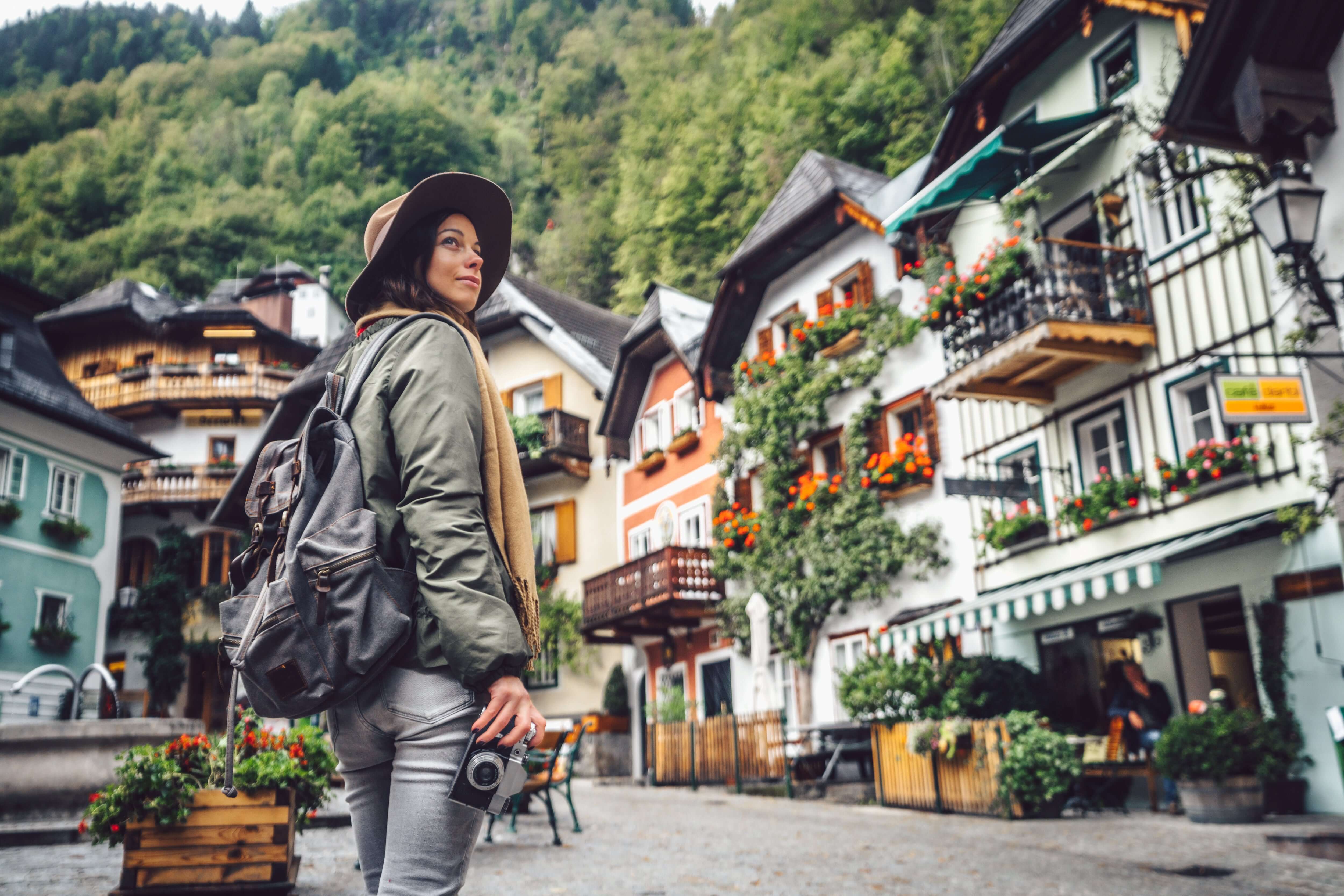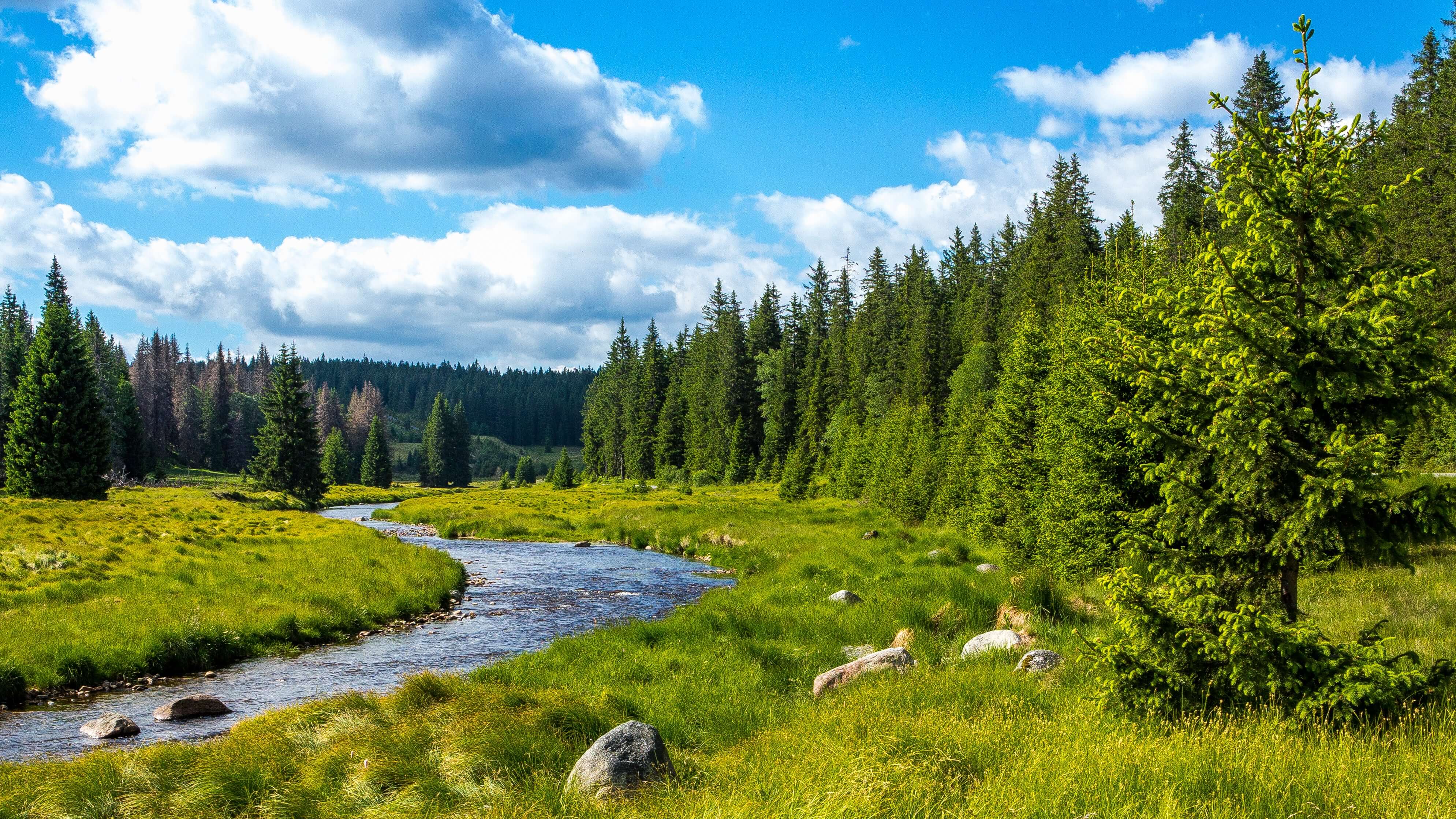
Black and white photography: a look at the art of monochrome
Hardly any other genre of photography has been as persistent over the decades as black and white photography, and many famous photographers have explored black and white photography techniques in depth at least once during their artistic careers. Most of them have benefited from concentrating on the essentials, which goes hand in hand with the simplification of images in which no more colors appear. Their pictures have changed as a result of the monochrome phase, even if they subsequently photograph in color again. We want to explore the special appeal of this genre, which is closely linked to the birth of photography itself, and look at some of its most famous representatives.
The magic of monochrome
Since black and white photography using light on a coated tin plate was invented in 1826, long before color photography, most people still associate this form of photography with a particular vintage aspect. The style, also known as monochrome photography, has survived to the present day for good reason, as it also offers special technical advantages in terms of image composition. However, the techniques used vary greatly and are certainly just as diverse as the photographers who work with them.
Famous black and white photographers
Who doesn't first think of romantic shots of rain-soaked streets in Paris at night when they hear the term black and white photography? Henri Cartier-Bresson and the artist Brassaï are among the photographic pioneers whose black and white images became famous early on and still shape our perception of the genre today. Both worked mainly in Paris at the beginning of the last century and were masters of "decisive moments". In their photographs, they focused primarily on documenting everyday scenes and human emotions, which they captured with great skill and feeling.
The famous artist Man Ray had a completely different aesthetic and working method, but was no less influential in the early years of black and white photography. As one of the most important representatives of Dadaism and Surrealism, Ray played with a wide variety of media. The artist also worked very experimentally in photography and his surrealist photographs influenced the entire art of the 20th century.
Different trends with their very own focus and style emerged early on in the world of photography. One of the most famous landscape photographs in black and white, for example, was taken by the American Ansel Adams, who became known above all for his impressive images of Yosemite National Park. In contrast, his colleague Imogen Cunningham worked very experimentally and broadly, combining portraits, nudes and nature studies in her diverse work, each of which she lends her very own touch. Canadian photographer Yousuf Karsh , on the other hand, specialized entirely in black and white portraits. His photographs of famous personalities of his time, such as Winston Churchill, Albert Einstein, Ernest Hemingway and the Queen, became particularly famous.
The Brazilian photographer Sebastião Salgado is one of the most famous contemporary photographers who still likes to use black and white photography to give his scenes the right emphasis and that special something. He became famous above all for his impressive depictions of social and ecological issues worldwide and the documentary film by Wim Wenders "The Salt of the Earth" with and about him. The American photographer Sally Mann has also caused a sensation with her monochrome photographs, which often depict eerily beautiful scenes and in which her own children are usually the protagonists. With so many great role models, you're itching to try your hand at taking a few black and white shots yourself, aren't you?
A little guide to black and white photography
Since the early days of photography, when light had to be laboriously captured on photographic plates and people had to stand still for minutes at a time, a lot has happened in black and white photography over the last hundred years. Today's digital technology, including subsequent post-processing on the computer, makes pretty much anything possible and has largely replaced the early craft of photography. However, the technical aspects of black and white photography still form the backbone of the art form and play a decisive role in creating the final image.
You can also find the right camera bag for your equipment and everything you need to protect your camera in our Oberwerth Shop. From classic camera bags to modern sling bags up to noble photo weekenders and backpacks. Of course you will also find hand straps and shoulder straps. Finest craftsmanship made from the best materials. Take a look around and find the bags & accessories that best suit you and your equipment!
The long list of technical photographic questions that you have to ask yourself when shooting in this genre begins with a fundamental decision: Film or sensor? Traditional film photography has a unique grain that adds to the character of the image, while digital sensors offer precision and flexibility. This initial decision sets the tone for the entire photographic process and determines the photographer's artistic intent and preferred workflow. For example, those who particularly love the vintage look of black and white photography or want to feel connected to early photo idols while shooting would do well to practice shooting on film. Those who prefer to have all the freedom they need to play with the images afterwards, on the other hand, are probably better off with digital photography.
Achieving the desired tonal range in black and white photography requires a sophisticated understanding of exposure and photo development. Skillful manipulation of the exposure settings during shooting is particularly important, as this has a decisive influence on the distribution of light and shadow in the image. To further refine the tonal values and ensure that the final result matches the photographer's vision, care should also be taken during the development process. To get the best results, many black and white photographers therefore choose to develop their own images by hand in the darkroom.
Nowadays, however, the transition from the darkroom to the digital world has naturally expanded the technical possibilities. Post-processing photos on the computer also plays a crucial role in black and white photography, as it allows photographers to optimize contrast, improve tonal values and develop their own visual narrative and style.
Conclusion
Every beginning has its own magic and the early days of photography, with their monochrome aesthetic, are still able to enchant us today. In addition to the love of the vintage aspect of black and white photography, photographers also appreciate the special technical aspects of the genre. At the same time, this form of photography allows a reduction to the essentials like no other and invites us to play with light and shadow, composition lines and exposure time and time again. More than almost any other field, the art of black and white photography invites you to reinvent yourself and playfully try things out again and again, to keep developing. Let yourself be enchanted!

